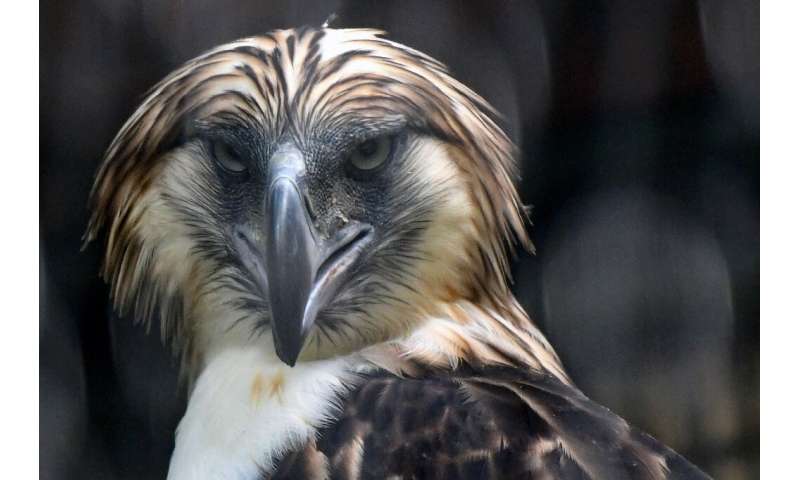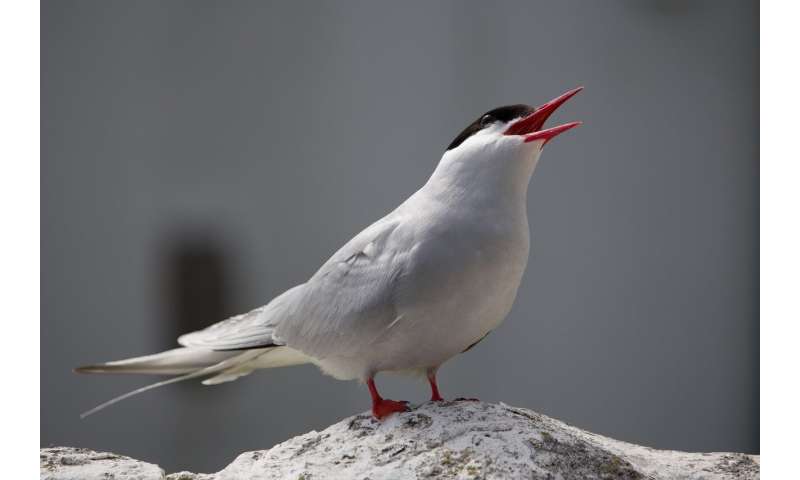Date: November 15, 2019
Source: University of Exeter
Chaotic mobs of jackdaws suddenly get organised once enough birds join in, new research shows.
The birds form mobs to drive away predators near their nests, and are initially disordered.
But the new study, by biologists at the University of Exeter, physicists at Stanford University and computer scientists from Simon Fraser University in Canada, shows a dramatic switch to "ordered motion" once the group reaches a certain density.
The study also reveals that jackdaws follow different rules when mobbing predators than when flying to winter roosts.
"Traditionally, it is thought that flocking -- and other collective behaviour like swarms, fish schools and human crowds -- occurs when each individual follows an identical set of rules to every other in the group," said Dr Alex Thornton, of the Centre for Ecology and Conservation on Exeter's Penryn Campus in Cornwall.
"This study shows that these rules are actually flexible.
"When flying to their winter roosts, jackdaws follow what we call 'topological rules' -- meaning that they respond to the movements of a fixed number of neighbours, and groups remain ordered regardless of how many birds are flying together.
"When mobbing a predator, however, the jackdaws instead use 'metric rules' where they respond to all the neighbours that are within a given distance. Here, we see order emerging from chaos.
"Jackdaws issue an alarm call to draw other birds to the mob, and at first these groups are completely disordered.
 Credit: CC0 Public Domain
Credit: CC0 Public Domain A male Philippine eagle named Geothermica is one of a pair being cared for in Singapore, part of a breeding programme to reverse the dwindling numbers of the feathered giants
A male Philippine eagle named Geothermica is one of a pair being cared for in Singapore, part of a breeding programme to reverse the dwindling numbers of the feathered giants Credit: CC0 Public Domain
Credit: CC0 Public Domain Credit: CC0 Public Domain
Credit: CC0 Public Domain